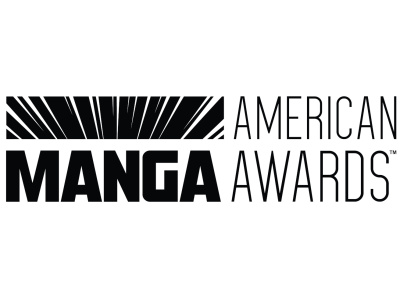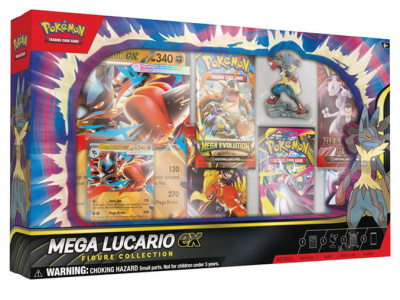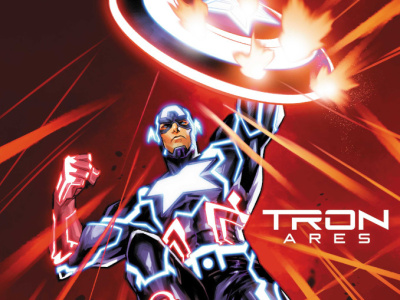We recently spoke to First Second editorial director Mark Siegel, and in addition to our discussion of the effect on sales of the National Book Award nomination for American Born Chinese (see 'First Second's Mark Siegel on American Born Chinese'), we also discussed the over-all response to the first year's releases from First Second.
Let's talk about the response to both the first and second batch of First Second releases in 2006. You mentioned that the initial best-seller from the first batch was Sardines in Outer Space. Has that been through multiple printings?
Yes, I think we're on the third printing for the first book.
What do those printings add up to?
It's probably close to 25,000 also.
And you said that's primarily appealing to kids?
Yes. Eight-, nine-, ten-year-old girls are who we're hearing from. Boys are reading Sardines as well, but we're hearing back mostly from girls through the fan mail. I think it's a very important crowd not just for right now, but readers we'd like to hold and to grow with us through the coming years.
In chains, is that series going into the children's department?
Sardines is, and from our second list, sometimes Kampung Boy has been going into children's. Even Journey into Mohawk Country, which is our first real non-fiction entry, is sometimes shelved in the children's section. Mostly the rest of our list gets shelved with graphic novels.
After Sardines in Outer Space and American Born Chinese, what were your best sellers?
Eddie Campbell: Fate of the Artist was a real hit in the comics world and I think we were tapping into the loyal core of Eddie Campbell fans. We have another book of his coming up in spring which I think has a bigger commercial reach called The Black Diamond Detective Agency. But this one was just kind of autobiographic work and did really well.
Both Vampire Love and Eddie Campbell: Fate of the Artist were the next level.
The surprise for us was Deogratias: A Tale of Rwanda, which I thought was going to be our least commercial, but it got such phenomenal reviews, it's catching up to Sardines with close to 20,000 or so. That is definitely in its second printing.
It's interesting because we do have readers that are fans of First Second. And I like the idea that it's not so much a brand but a home for a certain kind of graphic novel. When we did the San Diego Comic-Con there were a number of people who were coming up to the booth who knew all about us, who were following the blog and who were aware of what was coming up in the next season; that's very encouraging. And then we have some people who go in for one particular thing, for example, Klezmer by Joann Sfar on our fall list spoke to the Jewish community about this Ashkenazi Eastern European Jewish history in a way that is very unique. So that taps into a world where they're not necessarily going to read our other books, but maybe some of them will.
Part of what I'm building is a collection that has these bridges to all different fields and that's only just begun. It's going to be at least four seasons to show the range of graphic novel we want to be producing.
The reason I brought that up is that Eddie Campbell taps into a particular world, Joann Sfar taps into a particular world, Deogratias has a political/world affairs/topical interest world which breaks out of graphic novels in a different way (and the reviews have been comparing it to Maus and Persepolis), so those have all been hits.
I feel like we don't have any duds, and that's encouraging. We do have a quiet title like Missouri Boy, which is a memoir, but it's also gotten some lovely reviews and it's sustaining itself. That should be encouraging for people who want to produce graphic novels. I think it's possible to take risks and not just try to catch the big best-seller.
You can see from our print runs that we're just really going out the door here. It's a bold program and I see this going much further. I'm hoping in a couple years' time we can have a conversation about print runs that will make this look kind of humorous.
Over-all, how did First Second's first year match up against your expectations?
We're in a better place than I had imagined we would be. We've got something that's working, even though I feel like we've got a long way to go. It's sustainable and it works at this point. That's a big thing for the first year. We weren't under the pressure to deliver that in our first year from Holtzbrinck. I think there's a sense of real support here for a longer run, to actually build up a body of work that will keep selling because it's quality. The pressure is different than having to prove ourselves in the first season, so on that front, pleasant surprises all around.
It's been really marvelous feeling the kind of reception we've had from the comics community. We were the new kid on the block and I wasn't sure if we'd be taken as one of the other, more corporate imprint type things but it's not. We've managed to connect with people in the comics community online and at conventions and at comic stores as something legitimate that they see has integrity and is sincere, and not just a cynical jumping on the bandwagon thing. That's been great.
Another pleasant surprise for me has been the response from the chains. You can go to any Barnes and Noble, in particular, and our books are mostly face out and very visible, and that's been encouraging.
We're pleased and there's something to pop the champagne about, but there's also a lot to do in terms of chipping away at the really big audience of mainstream America, the average American household. I fly around on airplanes, and sitting next to somebody we invariably get talking about what we do and I'd say six to seven times out of ten they don't know what a graphic novel is. So there's still a lot of work to be done.
It's changing. The term graphic novel seems to be sticking, for better or for worse, so there's a label now for something that more and more of the mainstream media mentions more casually; it's less of an event in itself. I really do think things have changed in the last five years. We're not in a repeat scenario of anything that's happened before. Now every step is more into the unknown more into the potential of something else.
A couple of years ago there was a piece in the New York Times Magazine in which the writer argued that graphic novels were a new form of literature that could displace prose novels in the same way that prose novels displace poetry as the most popular form of literary expression. Do you think it could go that far?
I don't know if that's entirely legitimate. I think we're going to head for a place where, like in Western Europe and Japan, the graphic novel aisle becomes a little micro-bookstore within the bookstore that has its own age categories and its own different shelving, its own fiction and non-fiction sections (when it's got enough to fill it). But it doesn't replace the novel. In a way, America is coming up to this stage as well where the acceptance in the mainstream and in the literary world is starting to become more established.
People that love to read graphic novels tend to be people who love to read. The argument about supplanting or replacing novels as a form -- I'm not sure I see that coming, because I think they do different things. Did movies replace the novel? I don't think so. They're different media for a different experience, and a graphic novel is certainly a different reading experience than reading a novel. Time will tell, obviously.







